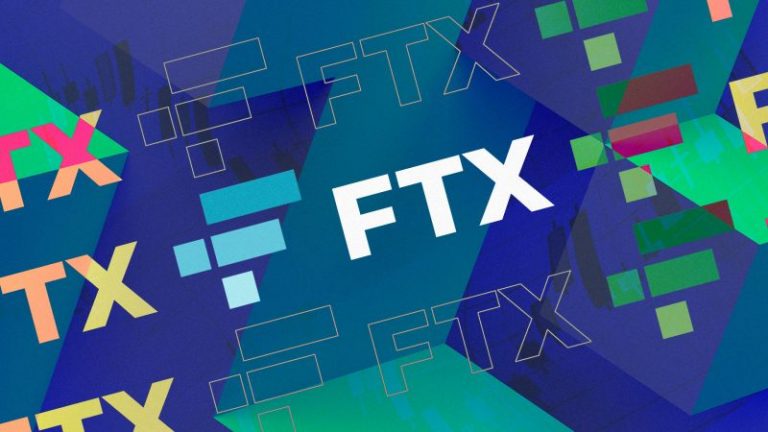
FTX disqualified approximately 392,000 customer claims, valued at around $2.5 billion, because those users failed to complete the required Know Your Customer (KYC) verification process by the specified deadline. This action was part of the bankruptcy proceedings following the exchange’s collapse, with the U.S. Bankruptcy Court confirming the cancellation of these claims on April 2, 2025. The deadline to at least begin the KYC process was March 3, 2025, and those who didn’t comply had their claims expunged.
This reduced the total liabilities, potentially increasing the payout for verified claimants, with repayments set to be based on asset values from November 2022, when FTX filed for bankruptcy. The estate has between $12.6 billion and $16.5 billion available for distribution, and the next repayment phase is scheduled to begin May 30, 2025, for eligible creditors who meet the ongoing requirements. The cancellation of 392,000 customer claims worth $2.5 billion due to incomplete KYC has several significant implications for FTX’s bankruptcy process, its creditors, and the broader crypto ecosystem.
To file an FTX claim, you’ll need to have followed these steps: Access the FTX Customer Claims Portal using your FTX account credentials and verified your email. Completed the Know Your Customer (KYC) process, which included submitting your name, birthdate, government identification, and address. Viewed your account balances and transaction history as of November 11, 2022. Agreed or disagreed with the displayed balance and filed a proof of claim where necessary. Claims must have been submitted by the specified deadline, which was September 29, 2023, for FTX Exchange customers and May 15, 2024, for FTX Digital Markets customers. Your claim will be verified through the KYC process and reviewed by the FTX claims administrators. If your claim is approved, you’ll be eligible for distribution of liquidation claim funds.
Register for Tekedia Mini-MBA edition 19 (Feb 9 – May 2, 2026): big discounts for early bird.
Tekedia AI in Business Masterclass opens registrations.
Join Tekedia Capital Syndicate and co-invest in great global startups.
Register for Tekedia AI Lab: From Technical Design to Deployment (next edition begins Jan 24 2026).
With $2.5 billion in claims removed from the pool, the remaining verified creditors—approximately 2 million with claims totaling $11 billion—are likely to see a higher recovery rate. The estate’s available funds ($12.6 billion to $16.5 billion) now cover a smaller liability base, potentially allowing payouts closer to 100% (or even exceeding it) of November 2022 asset values for those who completed KYC. Many of the disqualified claimants might have been smaller retail investors who either didn’t understand the KYC requirements, miss the deadline, or lack the resources to comply. This could disproportionately favor institutional or more proactive creditors, raising questions about fairness in the process.
The strict enforcement of KYC in this case sets a notable precedent for future crypto exchange failures. It underscores the importance of regulatory compliance even in insolvency scenarios, potentially pushing users and platforms to prioritize KYC adherence more rigorously moving forward. The exclusion of nearly 400,000 users could deepen distrust in centralized exchanges. Affected customers, left with no recourse, might amplify negative sentiment, driving more users toward decentralized platforms or self-custody solutions like hardware wallets.
The decision might spark legal challenges or public backlash, especially if some claimants argue they weren’t adequately notified or faced technical barriers to completing KYC. While the court approved the move, it could still fuel debates about the balance between regulatory requirements and user rights in bankruptcy cases. With repayments starting May 30, 2025, the influx of billions in crypto and cash could influence market dynamics, depending on how recipients choose to reinvest or liquidate. However, the disqualified claimants’ inability to participate might reduce overall market volatility compared to a full payout scenario.


